The Selene V crew hit the moonwalk jackpot — Commander's report: lunar day 10
The weather finally cleared and the Selene V crew was able to go on so many moonwalks that they ultimately exhausted themselves.

Dr. Michaela Musilova is the director of Hawaii Space Exploration Analog and Simulation (HI-SEAS) program, which conducts analog missions to the moon and Mars for scientific research at a habitat on the volcano Mauna Loa. She commanded the two-week Selene V lunar mission and contributed this report to Space.com's Expert Voices: Op-Ed & Insights.
Commander's report for the Selene V moon mission at HI-SEAS
Lunar Day 10 (April 9, 2021)
We hit the lunar jackpot ... for now. After repeated disappointments with canceled moonwalks and low power days due to bad weather, we can finally exit the habitat and go on a number of extravehicular activities (EVAs)! For the Selene V crew it's almost too good to be true.
Storms that previously plagued recent HI-SEAS crews and us have finally cleared. We can actually see something outside our habitat's window, instead of a constant wall of grey caused by dust storms (aka rainstorms and mist on the volcano Mauna Loa in Hawaii).
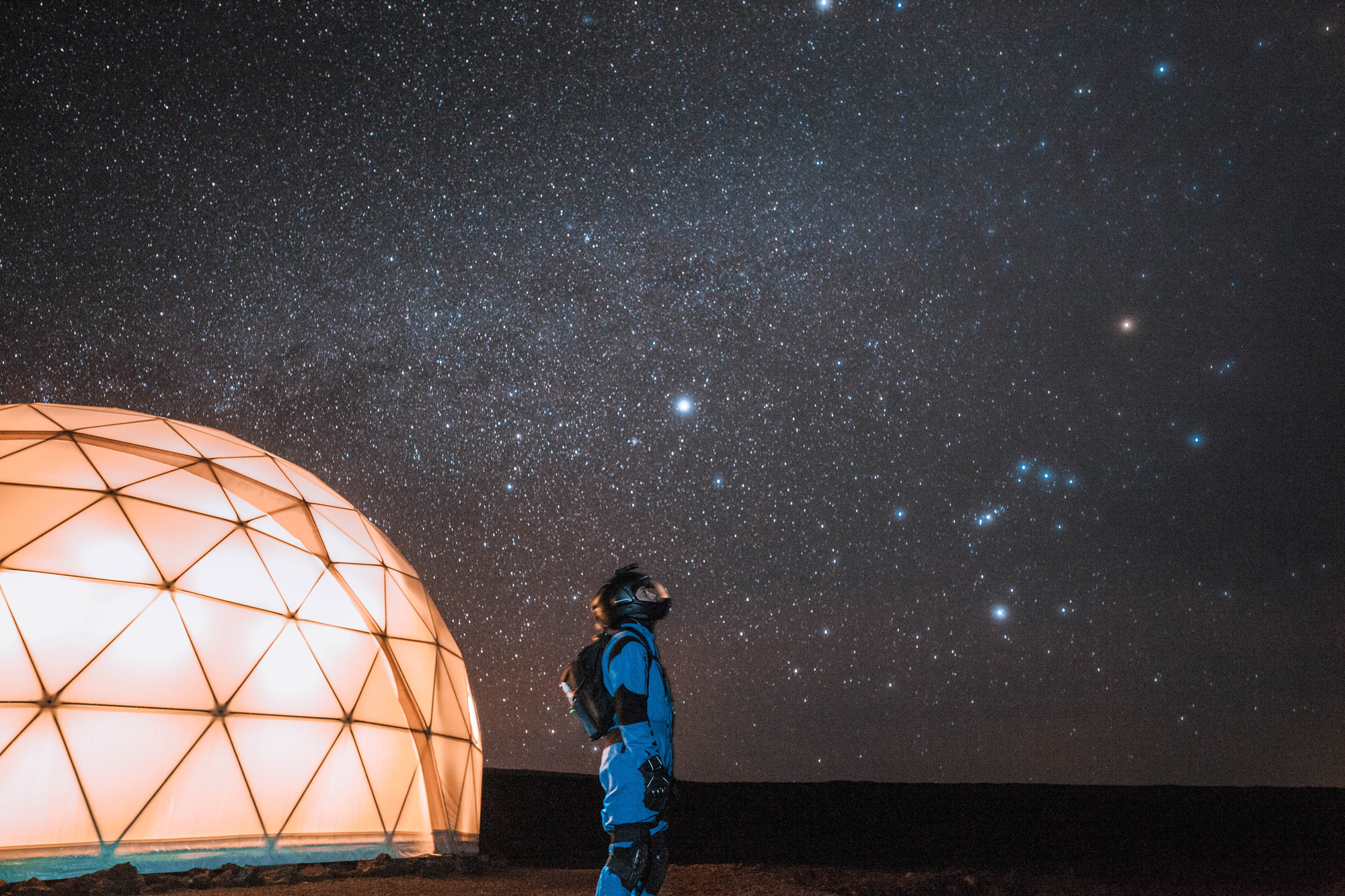
The tide has finally turned and EVAs are back on the menu — so much so that the crew is starting to grow tired of EVAs. Once the storms cleared, it became EVAs galore! Not only have we been able to perform multiple lava tube EVAs, but we also did several EVAs at night. Some crewmembers would go on two EVAs per day and soon enough, they became physically tired of all the EVA-induced exertion. Our analog EVA spacesuits can weigh up to 30 pounds (14 kilograms) if a crewmember is carrying a lot of research equipment with them. They also cause what we call "helmet neck." It is a pain in the neck and shoulder area from wearing the helmet and EVA backpack for long periods of time, all while performing scientific research and technology testing.
Get the Space.com Newsletter
Breaking space news, the latest updates on rocket launches, skywatching events and more!
One crewmember that seems to never tire of doing EVAs is Space Resources Officer Gustavo Jamanca-Lino. He had been waiting for the opportunity to go on EVAs all mission. Dust storms had previously prevented him from collecting his samples outside on EVAs, so he had to play a bit of a catch-up game. So far, Gustavo finished the geomechanical characterization of the lava near HI-SEAS, while using quantitative instruments on EVAs. The hardness of the lava is similar to what the lunar regolith is expected to be. Gustavo will study the hardness and chemical composition of the collected lava samples post-mission as well. He will use that information to assess their potential as analogs for mining, building roads and platforms on the moon.
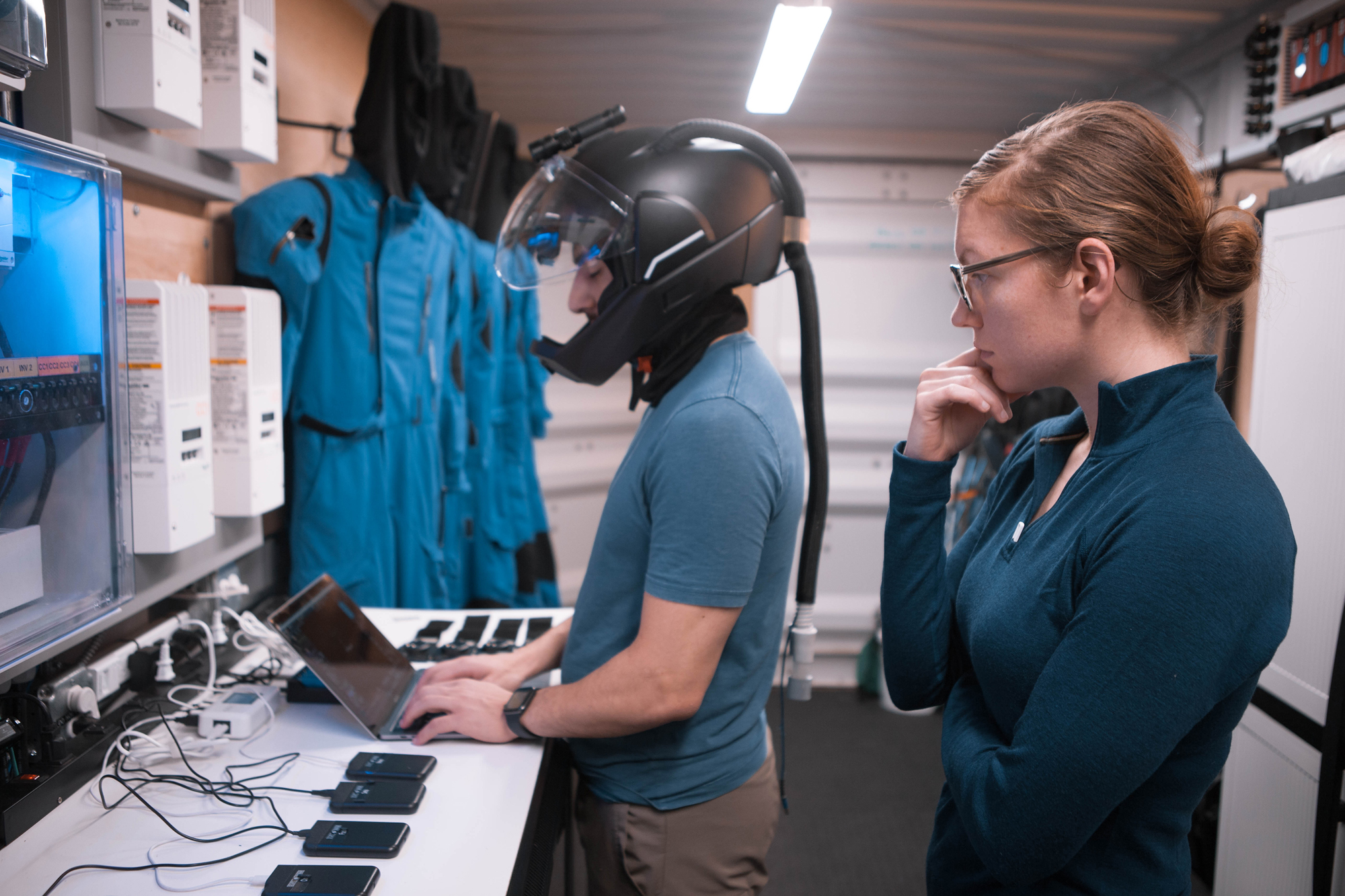
All of the EVAs have also provided interesting new data for Crew Operations Officer Dr. Lindsey Kishline. She has reached the experiment piloting stage in her study of augmented reality for EVA helmets. Lindsey was able to collect her first pilot data on Crew Engineer Sean Gellenbeck and Science Communications Officer Bader Al Moulah. She then programmed an interface and protocol for her study participants to follow, after finalizing all of the different experimental factors and audio-visual timing and data. I'm looking forward to how her data will help improve EVA technologies on future space missions.
The great weather also meant that we had plenty of power to run all of our experiments inside the habitat and do a lot of baking. As with previous crews, the inability to bake during low power days always results in excessive baking once solar power is restored. Selene V didn't top Selene IV's great lunar bake-off. However, cornbread, garlic knots, pizza and other tasty baked goods became ever-present elements of every single dinner. Additionally, the "winter in the habitat" or the era of the "popsicle crewmembers" was finally over. This is a reference to the very cold temperatures we had to endure during low power days (around 55 degrees Fahrenheit, or 13 degrees Celsius).
Our dinners have also become spiced up with a number of microgreens from Crew Biologist Dr. Brandy Nunez's experiments and salad leaves from our Lettuce Grow hydroponic greenhouse. Brandy is very pleased with the growth of her seedlings and microgreens. Together with the salad, they provided fresh flavors, crunchy textures and new nutrients for the crew. Brandy is overseeing the human hair fertilizer experiment as well, made from our crewmembers' hair donations. This is part of the nationwide Mission to Mars high school student competition that I have been running in Slovakia for the past few years.
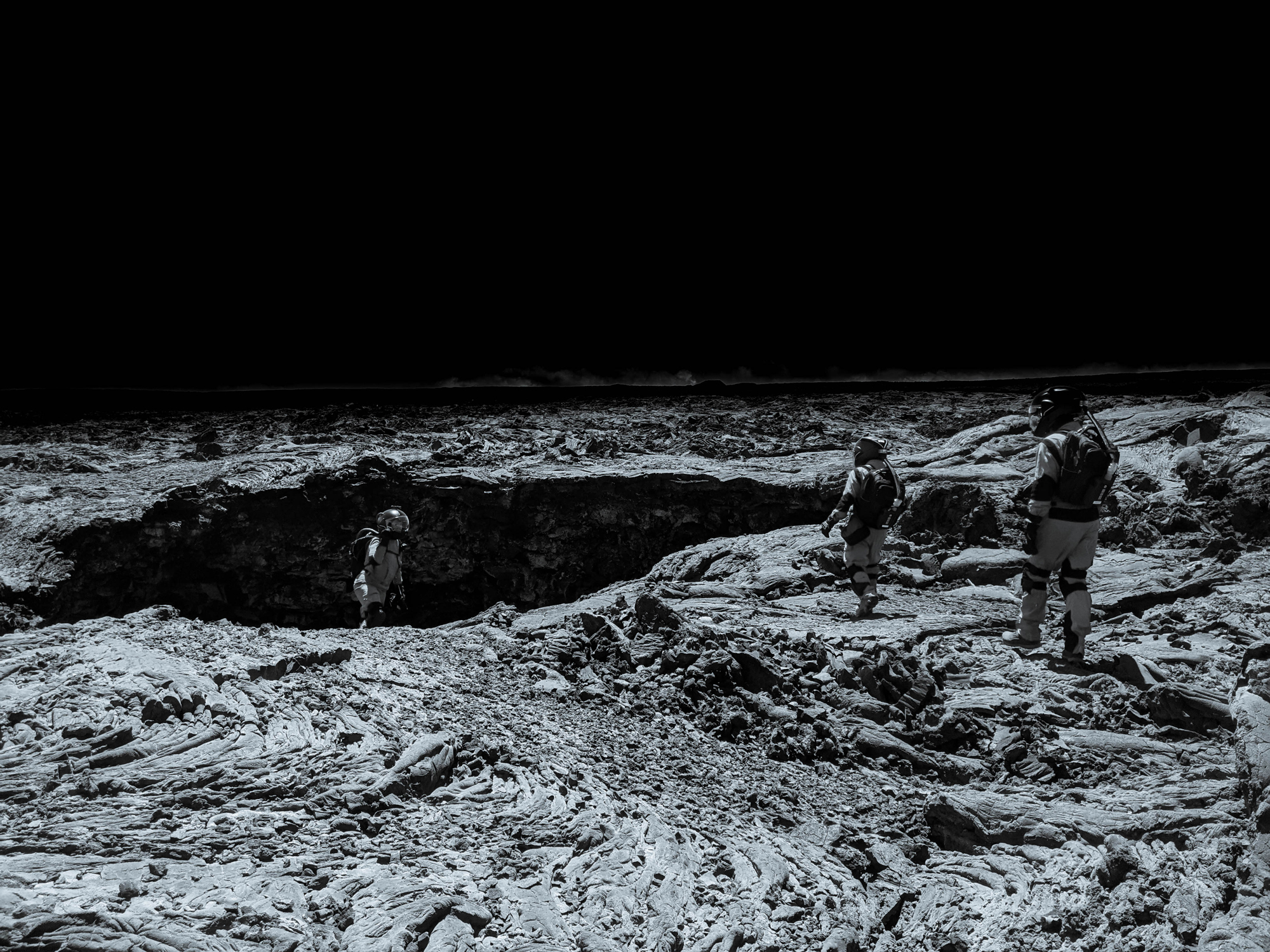
On a recent EVA to the lava tube, Brandy was able to gather more acoustic audio samples and continue UV scanning the cave walls for signs of microbial life. Her research data is very interesting and complementary to my research at HI-SEAS. I'm trying to understand what kinds of lifeforms survive in lava tubes on Earth and how they live there, in order to help us potentially find similar life on Mars and elsewhere in the universe. These so-called extremophiles have been found in different types of extreme and dangerous environments all around the world. The ones in lava tubes are of particular interest to me, since we know that lava tubes probably exist on the moon and Mars. Part of my collaboration with researchers from the NASA Goddard Space Flight Center is to characterize what types of extremophiles can be found in lava caves, what nutrients they live of off and how likely it is for us to find similar life on Mars today.
Some pretty extreme lifeforms are being studied inside the habitat as well, as part of Sean's experiment. His research is focused on the gas exchange between a mushroom culture and an algal culture, while they are sealed together in a small container. The CO2 levels have become rather high inside the container from the mushroom's growth, which made the growth conditions more difficult for the algal culture. Sean has thus been trying to adjust the pH in the environment for the algae to see if that will help with the CO2 levels and the algae's ability to survive under those challenging conditions.
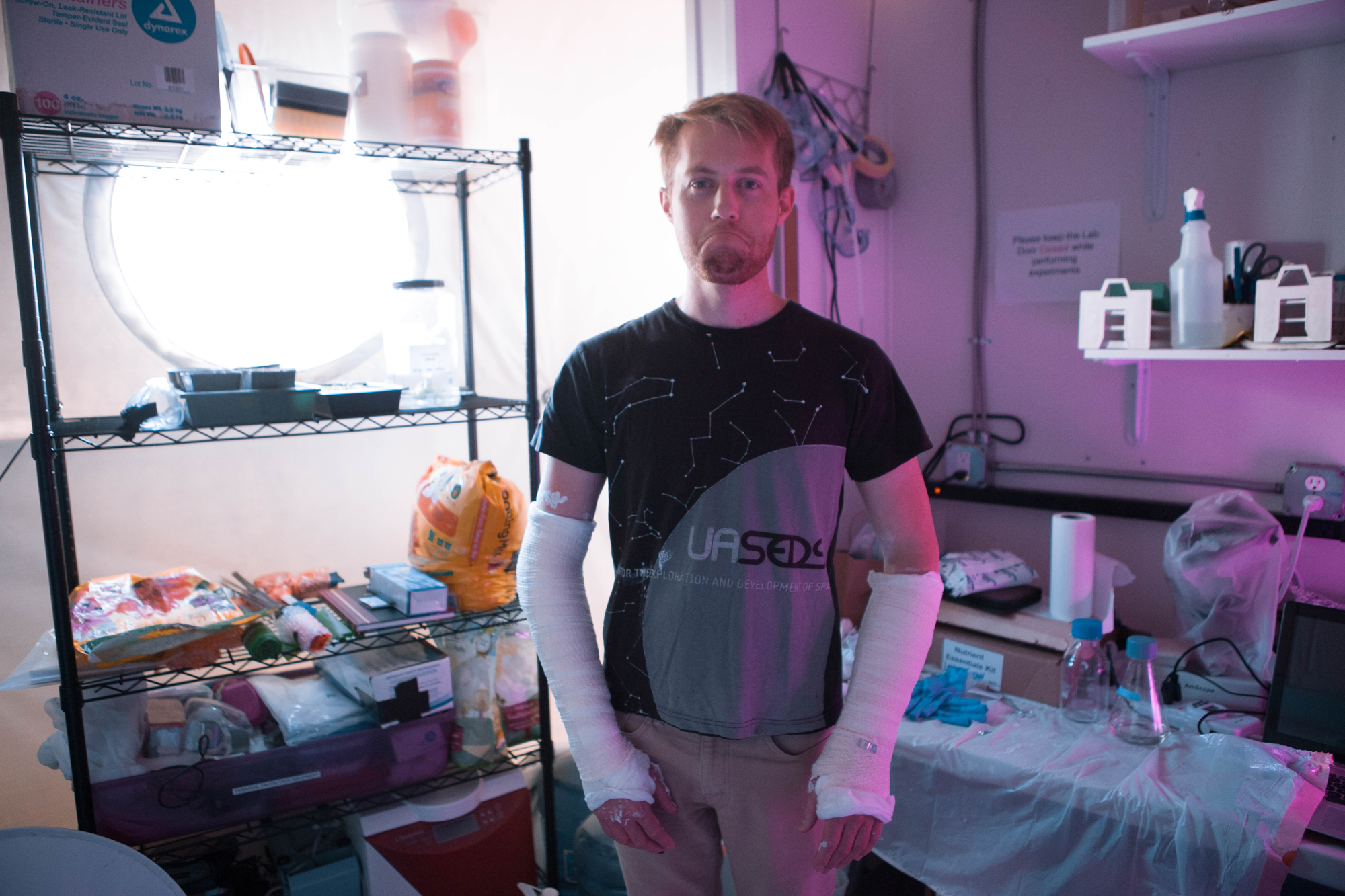
Sean has also been a vital part of Bader's research project. In essence, he became Bader's and the crew's Guinea pig for various experiments. As Selene V crew's number one volunteer, Sean has had various simulated surgeries performed on him. The most recent one included Bader completing a bone reduction procedure on Sean, during which he simulated splinting a broken wrist and a broken forearm. Bader was able to make a lot of progress with his medical research, which also involved 3D printing surgical tools such as scalpels. He used them to assess their feasibility for their use in long-duration missions if a crew in space would need to create their own tools in a time of need.
Commander Musilova signing off to be the "HabCOM" for tonight's night EVA. The HabCOM is the main person inside the habitat who communicates with crewmembers on an EVA. They relay information from the EVA crew to the rest of the crew inside the habitat, as well as to the Mission Control team on Earth, who oversees each mission. It's time for some "babysitting" of the crew, which may involve some minor pranks to keep them on their toes.
Follow Michaela Musilova on Twitter @astro_Michaela. Follow us on Twitter @Spacedotcom and on Facebook.
Join our Space Forums to keep talking space on the latest missions, night sky and more! And if you have a news tip, correction or comment, let us know at: community@space.com.
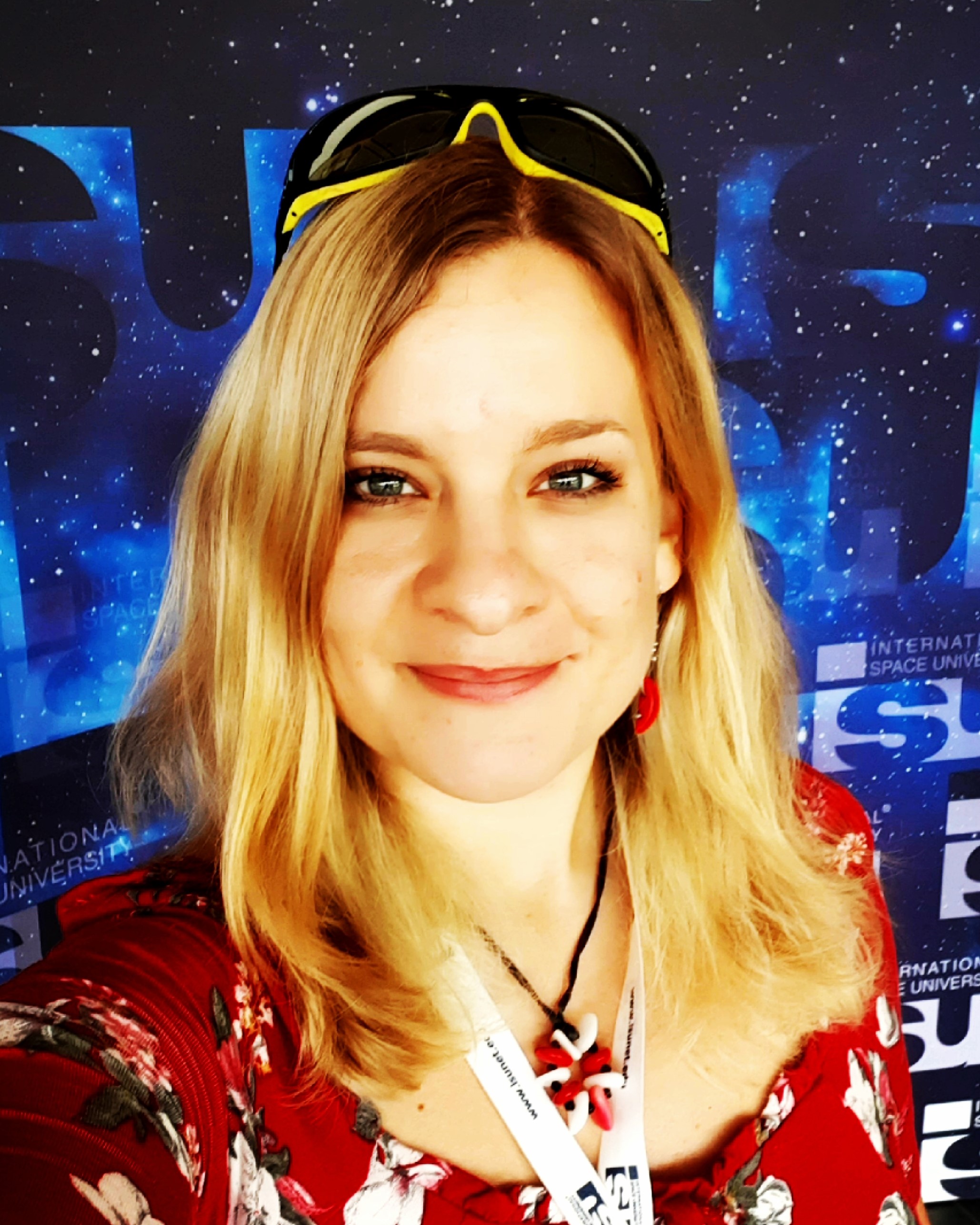
Dr. Michaela Musilova is an astrobiologist with a focus on life in extreme environments. She has a PhD degree from the University of Bristol and is a graduate from the International Space University's (ISU) Space Studies Program. Michaela's space research experience includes working at the NASA Jet Propulsion Laboratory, University of London Observatory, Canada-France-Hawaii Telescope, on NASA's and the U.K. Space Agency's MoonLite project, being an analogue astronaut and Commander of numerous simulated missions to the moon and Mars at the HI-SEAS station in Hawaii, and at the Mars Desert Research Station in Utah. Michaela is currently the Director of HI-SEAS, as part of the International MoonBase Alliance. She is also a visiting Professor at the Slovak University of Technology, Vice-Chair of the Slovak Organisation for Space Activities, Adjunct Faculty at ISU and the Senior Research Adviser for Mission Control Space Services Inc.
She has received numerous prizes and grants, including the Emerging Space Leaders Grant from the International Astronautical Federation (2016) and the Women in Aerospace – Europe Young Professional Award (2016), and she was selected as one of the most promising 30 under 30 by Forbes Slovakia (2015). Michaela is also actively involved in the Duke of Edinburgh's International Award, as a patron of the program in Slovakia and an Emerging Leader Representative for Europe, Mediterranean and Arab states. Furthermore, she enjoys participating in STEAM outreach activities from teaching at schools, giving public presentations, to working with the media and more, as well as encouraging people to pursue their dreams. For instance, she is an Advisory Board Member of the STEM Punks immersive programs for students and teachers.
